OK, I think the first point you're raising is that ZAP doesnt pick up that you've tried an invalid password. That is not a security risk - you supplied a bad password, the app didnt let you in. Everything's working as it should.
ZAP will only alert you of vulnerabilities via the active or passive scanners.
The fuzzer is for manual testing. If we work out a way to automate the detection of a vulnerability then we put that in the active or passive scanners :)
So you have to interpret the fuzzer results rather than expect ZAP to do that for you.
In any case, successfully logging in is not a vulnerability (in ZAPs terms).
What the fuzzer will tell you is if the string you supplied was included in the response (which is useful when looking for XSSs), the response code, the time taken and the response length.
When logging in I'd expect that the response length would be significantly different, so one option would be to look for a response with a length significantly different to the others.
However the easiest option is probably to search the fuzz results.
To do this go to the Search tab, select 'Fuzz Results' in the pull down and either search for a string that you know will be shown when you successfully log in, or do in inverse search for a string that you know will be shown when you fail to login.
Does that help?
Note that we do have a load of info on the ZAP wiki, including videos, FAQs and much more: http://code.google.com/p/zaproxy/wiki/Introduction
BTW we do have a ZAP user group which is intended for exactly these sort of questions: http://groups.google.com/group/zaproxy-users
You can also access it via the ZAP 'Online / ZAP User Group' menu item.
I try to keep an eye on forums, but there are so many that some questions are bound to slip through.
If anyone can suggest how I can convince people to use the ZAP user group (which all the ZAP developers subscribe to) instead of general purpose forums like this (which is very useful for other questions) then I'd be very grateful :)
Simon (ZAP Project Lead)
